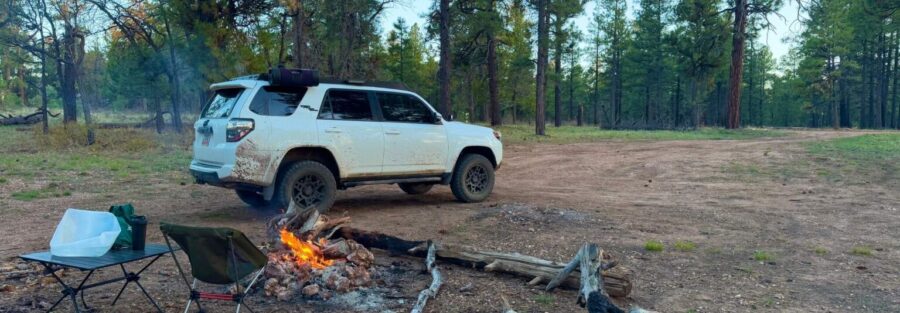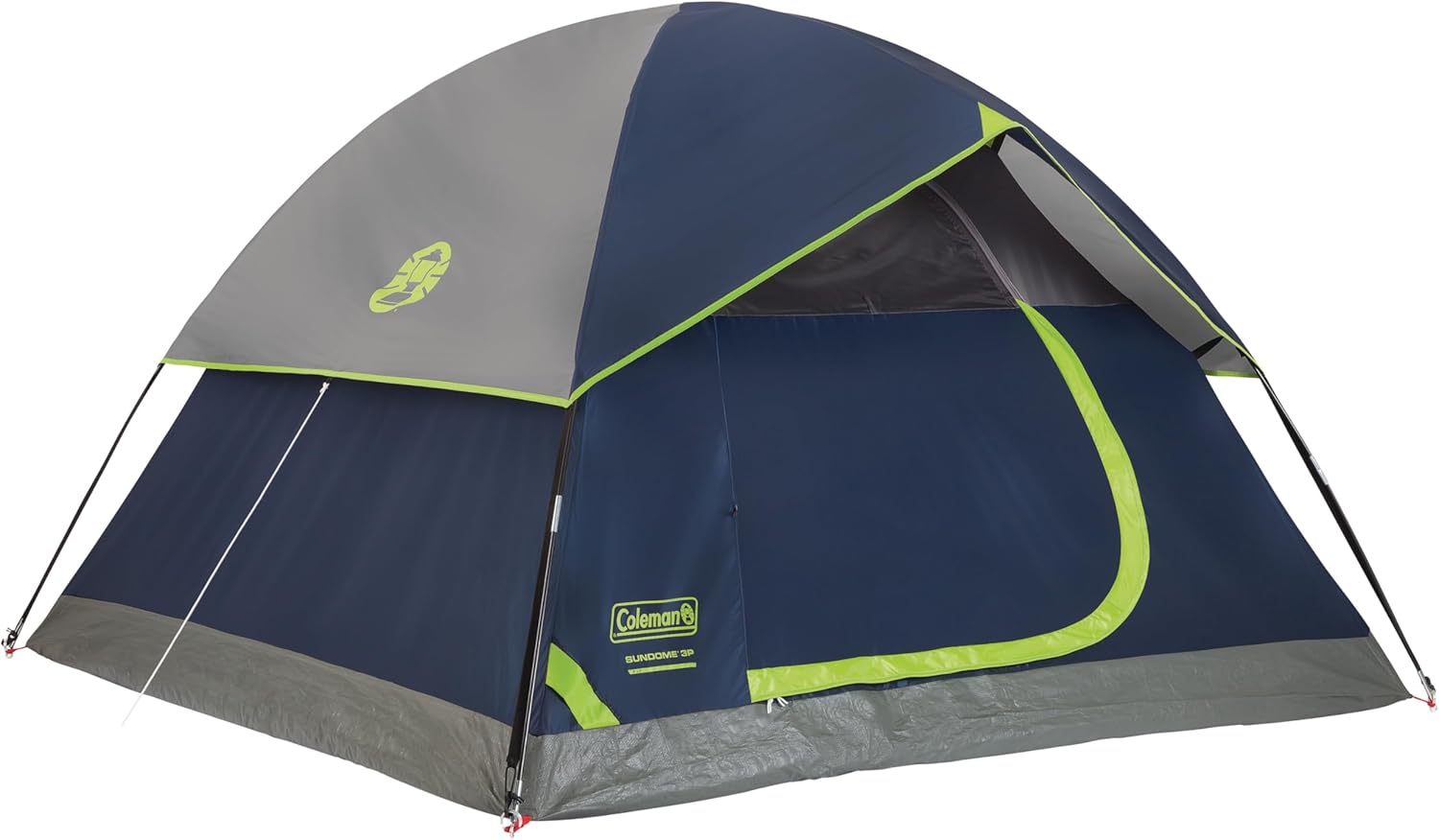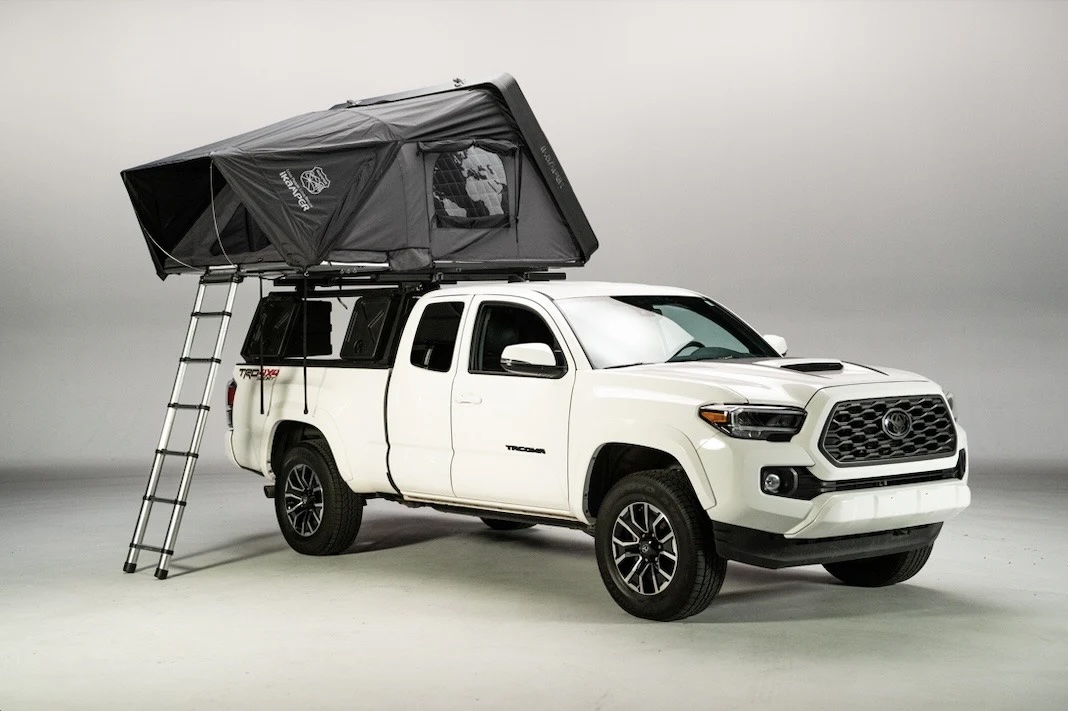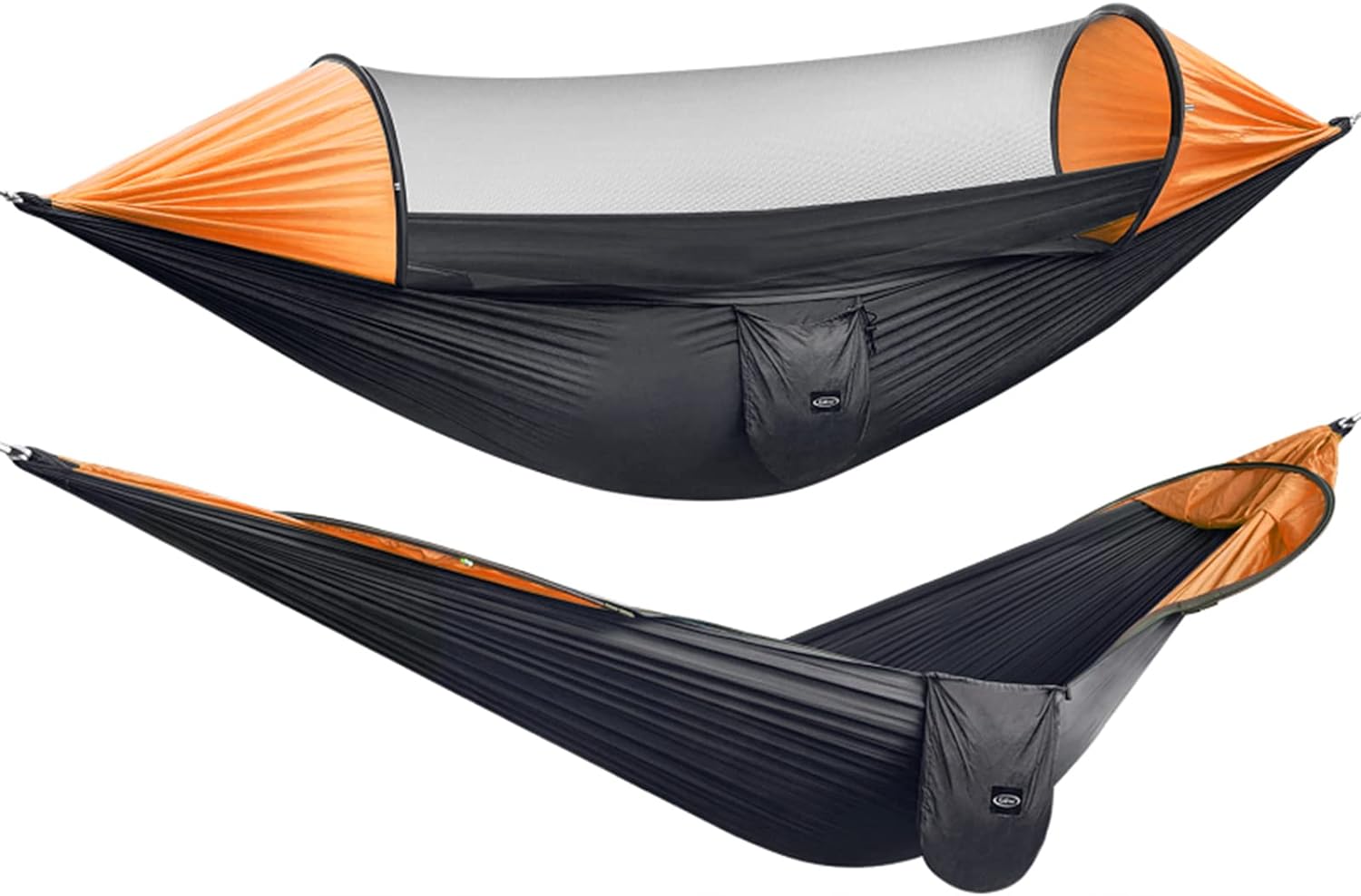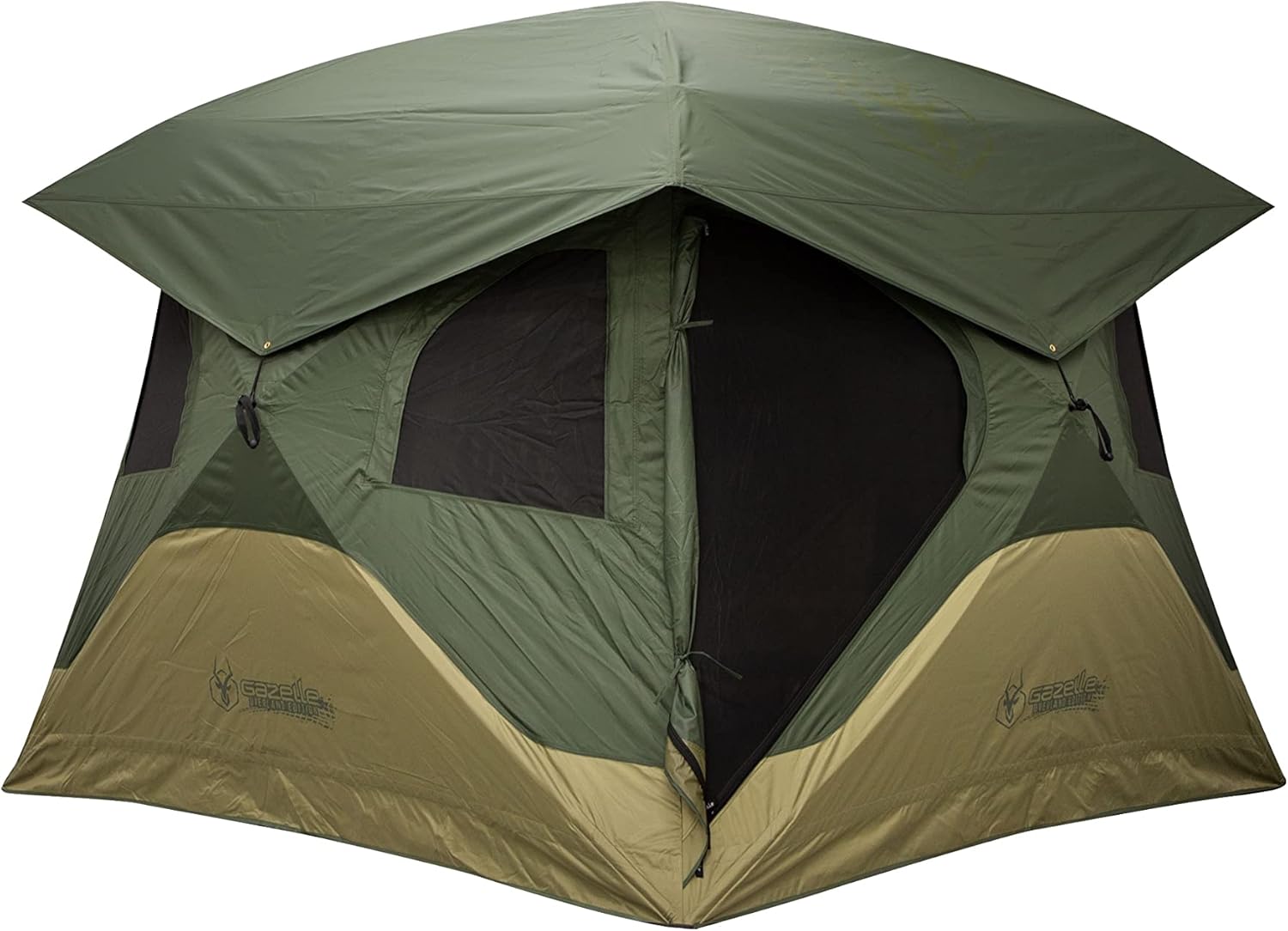Introduction
Picking the right shelter can totally change your camping trip. Ground tents, rooftop tents, and hammocks all bring something different to the table.
Your camping style, budget, and destination will really shape what works best for you.
1. Ground Tents: Best for traditional camping, affordable, easy to find flat site, and offers full enclosure against weather and insects.
Ground tents are the most budget-friendly option out there. You can grab a decent one for under $100 and it’ll cover most trips.
They keep out rain, wind, and bugs thanks to a full enclosure. You stay dry and bite-free.
Set up a ground tent anywhere you’ve got flat ground. Campgrounds, backcountry, or even your backyard, it all works.
There’s usually enough room to sit up, stash your gear, and change clothes without feeling cramped.
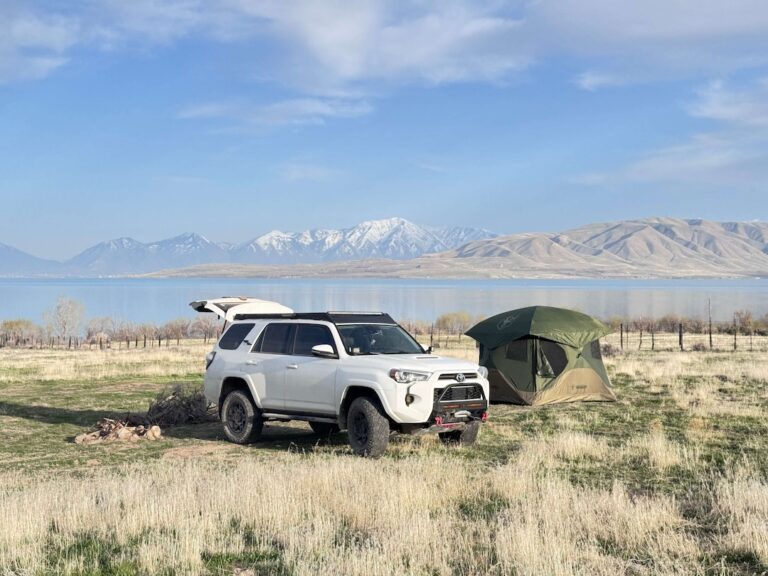
2. Rooftop Tents: Ideal for overlanders who want quick setup, elevated safety from wildlife, and to camp where flat ground is scarce.
Rooftop tents sit on your vehicle’s roof rack and set up in under five minutes. It’s almost effortless once you get used to it.
You sleep above mud, rocks, and critters. That extra height keeps bugs and small animals at bay.
Most come with built-in mattresses, so no need to pack a sleeping pad or hunt for smooth ground.
They’re a great fit for overlanding trips where you move camp often. Fast setup saves you time and hassle.
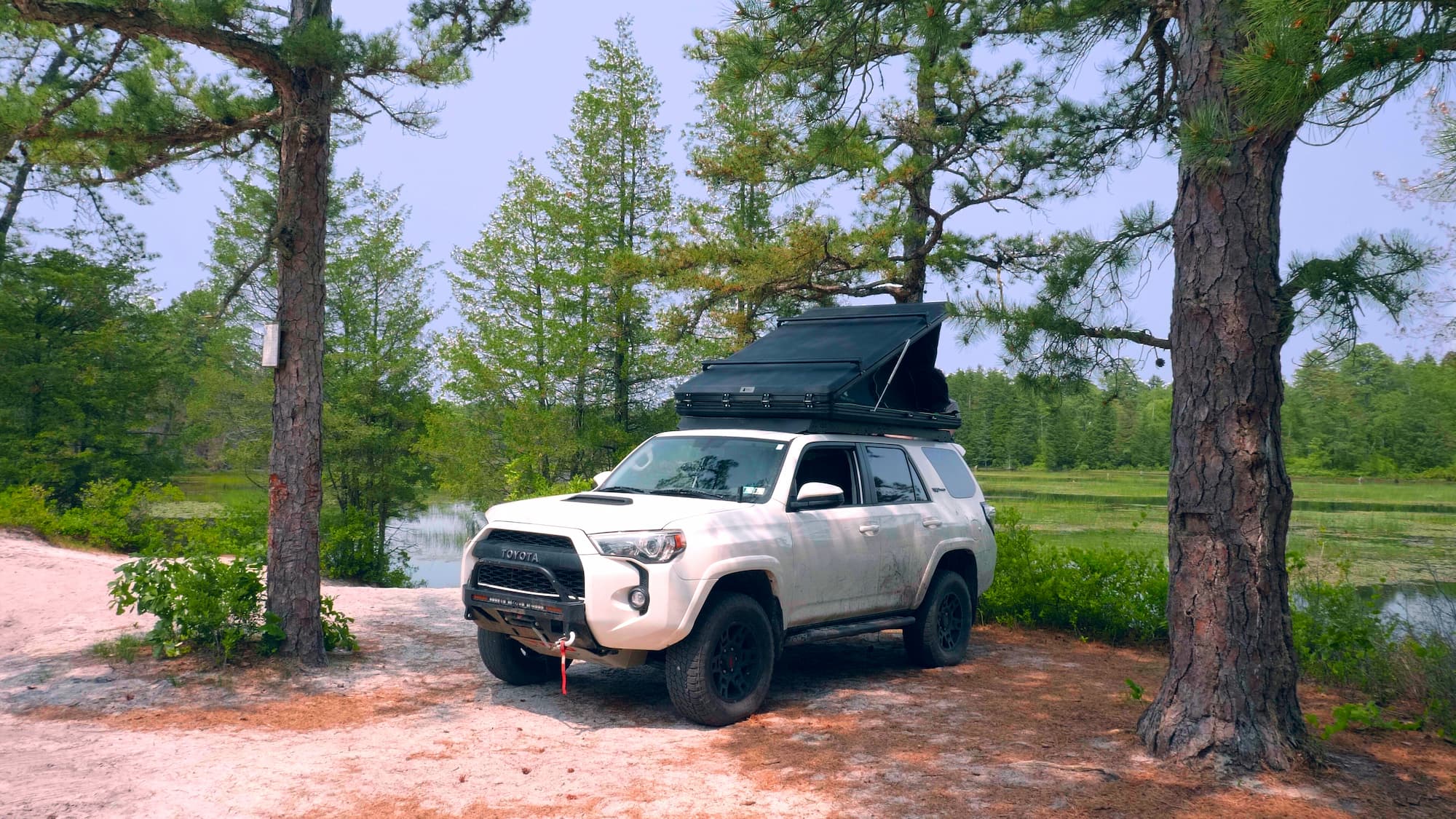
3. Hammocks with Mosquito Nets: Great for lightweight backpacking, comfort off the ground, and natural ventilation in forested areas.
Hammocks with mosquito nets keep you off the ground and away from bugs. They shine in forests where trees are everywhere.
They’re super lightweight, usually just a couple of pounds, and pack down tiny. Perfect for backpackers.
Air flows all around you, so you stay cool on warm nights. The net keeps bugs from ruining your sleep.
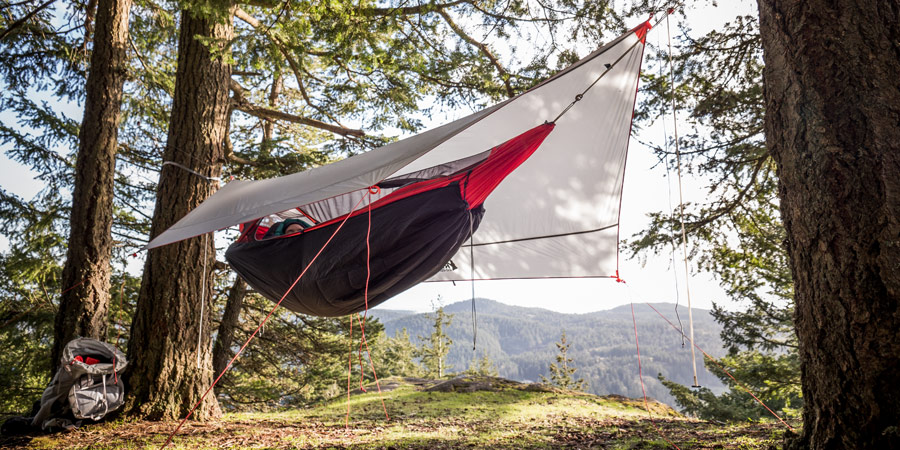
4. Coleman Sundome Tent: A budget-friendly ground tent known for durability and weather resistance in casual camping.
The Coleman Sundome Tent is a classic, easy-to-pitch tent built for comfort and reliability in fair to moderate weather. Available in 2, 3, 4, and 6 person sizes, it features a quick setup time of about 10 minutes, thanks to its snag-free, continuous pole sleeves and Insta-Clip pole attachments.
Designed with Coleman’s WeatherTec system, it includes welded floors and inverted seams to help keep water out, plus large windows and a ground vent for improved airflow. The rainfly offers extra protection, and an E-port lets you bring electrical power inside. Durable, affordable, and user-friendly, the Sundome is perfect for casual camping trips and weekend getaways.
5. iKamper Skycamp Rooftop Tent: Premium rooftop tent with spacious interior and fast, pop-up setup for overland adventurers.
The iKamper Skycamp is a premium hard-shell rooftop tent designed for quick setup, durability, and ultimate comfort. It pops open in under a minute and comfortably sleeps up to four people, thanks to its spacious king-size memory foam mattress and expandable floor panel.
Built with a sleek, aerodynamic hard shell, the Skycamp is crafted from high-end materials including a lightweight aluminum honeycomb floor and breathable, waterproof poly-cotton canvas. Panoramic windows, a world map design on the interior, and a sturdy ladder round out its adventure-ready features. Ideal for overlanders and road trip enthusiasts, the Skycamp turns your vehicle into a mobile basecamp in seconds.
👉 Shop iKamper Skycamp Rooftop Tent
6. G4Free Large Camping Hammock: Popular hammock choice combining comfort and bug protection tailored for trekking and overnight trips.
The G4Free Large Camping Hammock is a lightweight, durable, and spacious hammock built for outdoor comfort. Made from high-strength parachute nylon, it supports up to 440 lbs and comfortably fits two people, making it perfect for camping, hiking, or backyard lounging.
It comes with everything you need to hang out, including tree-friendly straps, carabiners, and a built-in stuff sack for easy packing. Breathable, quick-drying, and easy to set up, the G4Free hammock is a reliable choice for both solo adventurers and cozy duos on the trail.
👉 Shop G4Free Large Camping Hammock
7: Gazelle T4 Overland Edition: a spacious shelter with super-fast setup and rugged weather resistance.
Pop-up tents like the Gazelle T4 Overland Edition are game changers for campers who want comfort without the hassle. These tents spring into shape in under 2 minutes and offer vertical walls for standing room and gear organization.
They’re made with heavy-duty waterproof materials and often include multiple doors, large windows, and reinforced floors. Perfect for car campers, families, or overlanders who want a ground tent experience with the ease of a rooftop setup.
👉 Shop Gazelle T4 Overland Edition
8. Setup Ease: Rooftop tents and ground tents require moderate setup time; hammocks can be faster once mastered.
Ground tents need level ground and stakes. Most take about 10-15 minutes to set up.
Rooftop tents unfold from your roof rack in 5-10 minutes, but you need to install the mounting system first.
Hammocks are the fastest once you know what you’re doing. Find two trees, tie your straps, and you’re set in a few minutes.
9. Weather Protection: Ground and rooftop tents excel in heavy rain and wind; hammocks need compatible rain tarps for full coverage.
Ground tents with solid water resistance ratings keep you dry in storms. Double-wall tents with full rainflies block out the worst weather.
Rooftop tents handle rough weather well thanks to strong materials and their raised position. They’re usually drier than ground tents in heavy rain or snow.
Hammocks need a separate rain tarp for real weather protection. You have to set it up right or you’ll get wet fast.
10. Portability: Hammocks are lighter and more compact for backpacking; rooftop tents add weight and bulk to vehicles.
Hammocks are the clear winner for backpackers. Most weigh less than two pounds and stuff down super small.
Regular tents tip the scales at 2-4 pounds, which can matter on long hikes.
Rooftop tents add 100-200 pounds to your car. They also affect gas mileage and need roof racks, something to keep in mind.
Expert Recommendations Based on Camping Style
Your camping style really decides which shelter fits best. Solo backpackers want light gear, families need space, and overlanders crave speed and vehicle integration.
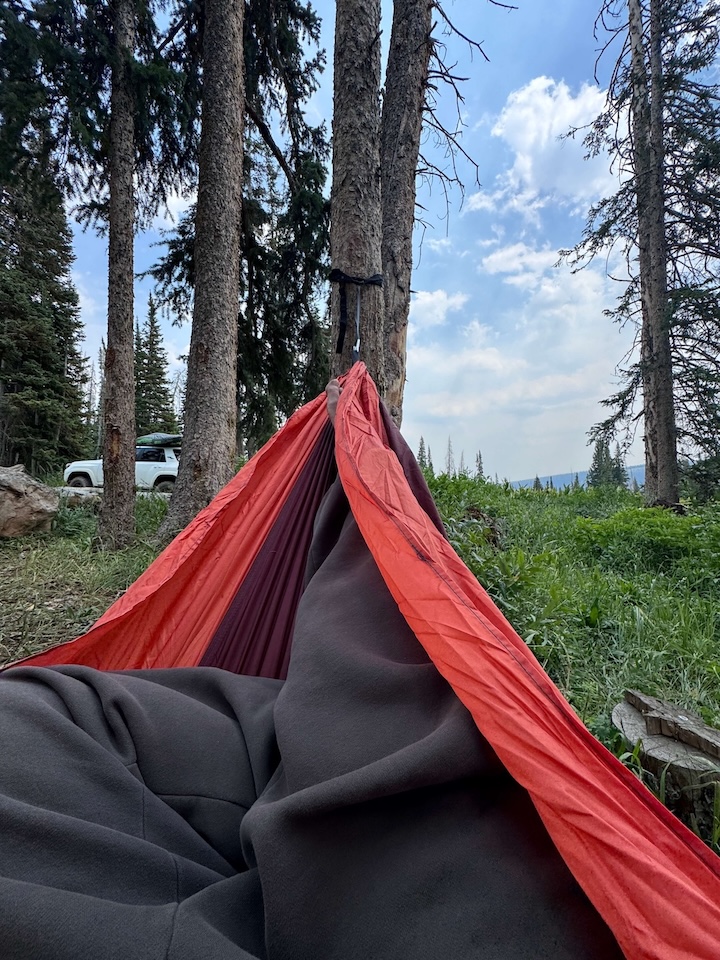
Best for Solo Backpackers
Hammocks are a top pick for solo backpackers. They’re 1-2 pounds, while the lightest tents are usually heavier.
Set up a hammock in minutes between any two trees. That flexibility is hard to beat.
- Weight: 40-50% lighter than tents
- Pack size: Shrinks to water bottle size
- Comfort: No rocks or bumps underneath
- Versatility: Fits where tents can’t
If you’re camping above treeline or in the desert, go for a lightweight ground tent. Single-wall models under 2 pounds are out there.
Skip rooftop tents for backpacking. They’re just too heavy and need a car.
Best for Family or Group Camping
Ground tents win for family trips. Big family tents offer tons of space without breaking the bank.
You can get a 6-person tent for $150-300. Rooftop tents are way pricier and sleep fewer people.
- Space: Ground tents have room for gear
- Cost: Cheaper than buying several rooftop tents
- Setup: Kids can help pitch a ground tent
- Flexibility: Move your tent without moving the car
Look for two-room tents or ones with vestibules to stash your stuff. Color-coded poles make setup easier, especially with kids helping.
Hammocks aren’t great for families. You’d need a lot of trees and plenty of setups.
Best for Overlanding and Road Trips
Rooftop tents shine for overlanding and vehicle camping. Set up in just a few minutes and stay above the muck.
Camp anywhere you can park—beaches, parking lots, rough terrain. No need for flat ground.
- Speed: Fastest setup and pack-up
- Comfort: Mattress and weather protection built in
- Security: Sleep off the ground
- Convenience: Always ready on your vehicle
Ground tents are fine for road trips if you stick to campgrounds and want more space for less money.
Pick a rooftop tent if you move locations a lot or camp far from the crowds. Your car becomes your basecamp.
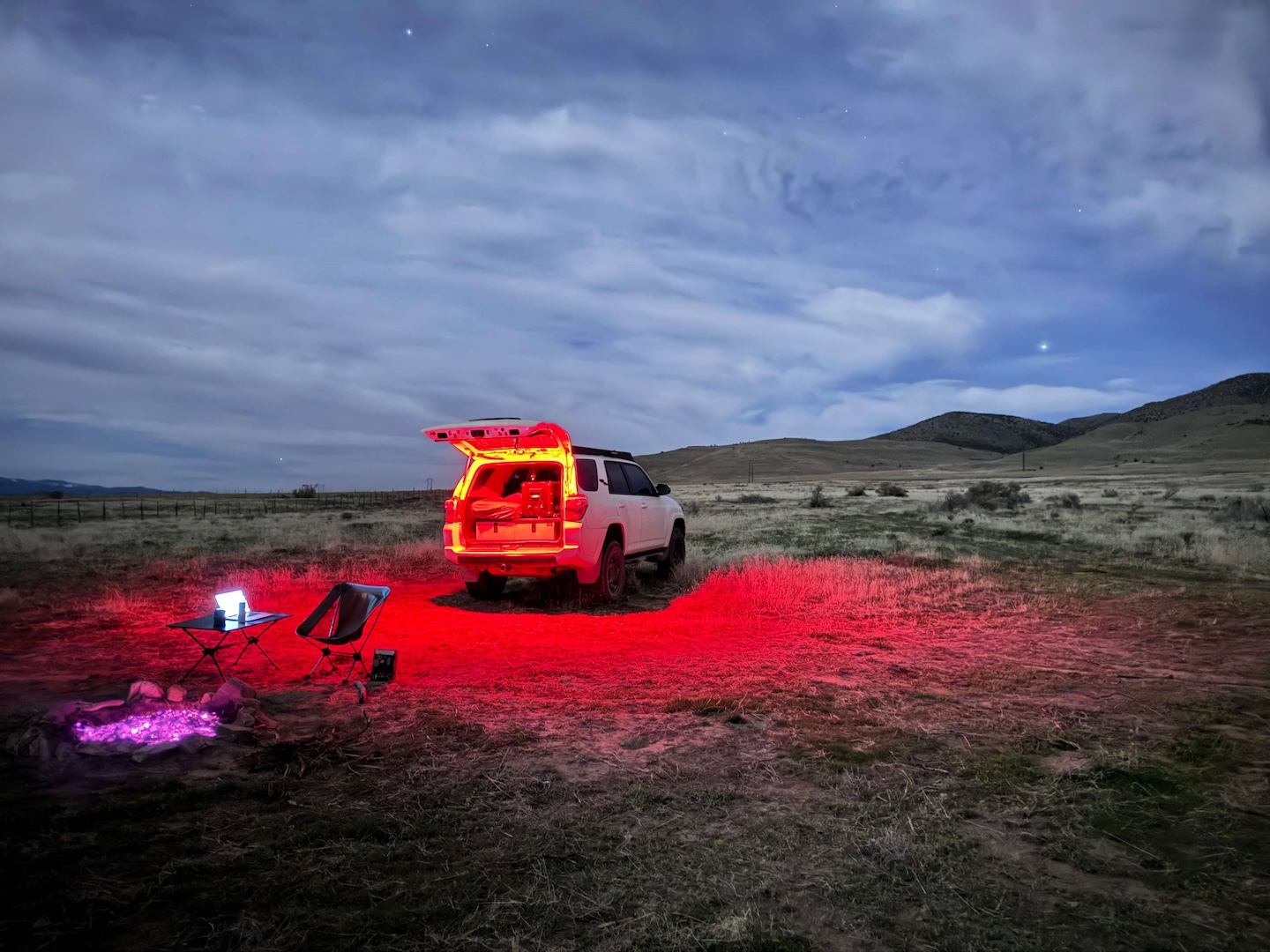
Frequently Asked Questions
Here are some common questions about weight, setup time, and when each shelter type really shines for different campers and conditions.
What are the advantages and disadvantages of using a hammock for backpacking trips?
Hammocks can save a lot of weight for backpackers. Most basic setups weigh around 2-4 pounds, which is lighter than even many minimalist tents.They conform to your body, so you get a comfy sleep. Plus, you’re off the damp or rocky ground and get pretty good airflow.
But you’ll need trees to hang a hammock. Deserts, alpine zones, or beaches without anchor points just won’t work. Camping in cold weather gets tricky with hammocks. You’ll probably need an underquilt or pad to stay warm underneath.
What are the various factors to consider when choosing between a tent, rooftop tent, and hammock for camping?
Your camping style matters most. Backpackers usually want lightweight hammocks or ultralight tents.
Terrain plays a big role. Rocky or soggy ground? Hammocks or rooftop tents shine there. No trees? You’ll need a ground tent. Weather is important, too. Ground tents hold up best in wind, while hammocks are breezy in the heat.
Budget can decide things quickly. Ground tents range from $50-500, but rooftop tents can go from $1,000-$10,000. Setup time isn’t the same for every shelter. Rooftop tents are often the fastest, while ground tents can take a bit longer.
How does setup and takedown time vary between ground tents, rooftop tents, and hammocks?
Rooftop tents are fast, just 2-5 minutes to set up. You unfold them and drop the ladder, and that’s about it. Hammocks take a little longer, maybe 5-10 minutes. Finding the right trees and getting the hang angle right takes a bit of fiddling. Ground tents range from 5-15 minutes, depending on the model. Freestanding ones are quicker than those needing a bunch of stakes.
Packing up is about the same. Rooftop tents fold away in 3-7 minutes, while hammocks and ground tents need 5-12 minutes. If it’s raining or windy, expect everything to take longer. Weather just slows you down, no matter what you’re using.
What are the best scenarios to use a rooftop tent and how do they fare against traditional tents in terms of comfort and convenience?
Rooftop tents really shine for overland travel and road trips. They make the most sense if you’re camping somewhere new every night. You get some elevation, which keeps you away from wildlife and ground moisture. That often means better security and a bit more comfort, especially in unpredictable environments.
Most rooftop tents give you more interior space than ground tents. The built-in mattress is usually way more comfortable than a standard sleeping pad. Setup is fast, just unfold and you’re done. That’s a huge plus when you roll into a remote spot after dark.
If the ground is rocky or sloped, rooftop tents still work well. You don’t have to hunt for that perfect patch of flat earth. Traditional tents are better if you’re staying put for a while. They also tend to handle extreme weather a bit better.
Support the Adventure
To make your walls less boring, check out my photography portfolio and bring a piece of the wild and my story into your home.
If you’d like to fuel future adventures, you can donate a coffee on Ko-Fi. Every cup keeps me chasing sunrises and stories.
When you shop using my affiliate links, every click helps support this blog at no extra cost to you. It’s a small way to keep Unicorn Adventure alive and kicking while I keep exploring.
Subscribe to my mailing list for future updates, new stories, and behind-the-scenes adventures.
Stay connected with me on Instagram and Facebook for more photos and daily inspiration.
Thanks for being part of the journey, Unicorn Squadron!


